We’ve all seen the pictures on TV and social media of people stocking up on water before a natural disaster.
Many times, store shelves usually full of water and other necessities are bare. Fortunately, there are steps you can take to ensure you and your family have clean, fresh and safe drinking water should you ever need it.
Water Storage for Emergency Preparedness
Here are some tips to keep in mind when you store water.
- Know your quantities. According to the Water Quality and Health Council, families should store at least one gallon of water per person, per day. The average person should drink at least two quarts of water every day. Children, nursing mothers, elderly family members and people in warmer climates may need more. It’s a good idea to also reserve water for personal hygiene and food preparation. The Federal Emergency Management Agency (FEMA) recommends storing water to last a minimum of three days. As a tip, one case of bottled water is about 4.6 gallons of water.
- Store your water in a cool, dark place. It’s important to keep stored water away from heat and light, which could cause the containers to leak. Don’t store water near substances like gasoline, kerosene or pesticides, as vapors from these materials could penetrate the plastic.
- Check the date. The safest, most reliable source of water in an emergency are bottles of water from a commercial source. Most commercially bottled water will have an expiration date on the bottles. Usually, they are good for up to one year. If you bottle your own water from the tap, the preparedness pros at Ready.gov recommend that you replace this water every six months.
- Use the right containers. If you’re bottling your own water containers, it’s important to use soft plastic, fiberglass or enamel-lined metal containers with a tight-fitting lid. (Pro tip: Camping supply stores usually have these in stock.) Never use a container that has previously held toxic substances or substances that could breed bacteria (such as milk jugs).
- Keep it clean. When using your own containers, it’s necessary to thoroughly clean each before you fill up. Ready.gov recommends washing them first with regular dish soap and water. Then, give each container a sanitizing rinse using a ratio of one teaspoon of non-scented liquid chlorine bleach per quart of water. (The CDC recommends using bleach that contains 5-9% sodium hypochlorite.)
- Have a backup plan. If you run out of your stocked water supply, there may be additional sources of water in your home, including melted ice cubes, as well as water from canned goods such as fruit and vegetable juices. According to the Water Quality and Health Council, you should never use water from radiators, hot water boilers, waterbeds and swimming pools or spas.
Keep these tips in mind when planning your water storage. Natural disasters can happen in all areas across the country, and it’s important to have a plan in place for disaster safety.
More Emergency Preparedness Tips
Your Erie Insurance agent can help you find the right homeowners insurance coverage to help weather the storm. (From hail to hurricanes, ERIE has your back.) For more information about disaster preparedness, read these related articles from our blog:
- 5 Customized Emergency Kits to Weather Any Disaster
- 31 Must-Have Items for Your Home Emergency Kit
- Pet Protection Tips to Weather a Natural Disaster
- How to Survive a Power Outage
- Q&A: Does My Insurance Cover Tornado Damage?
- Hurricane Prep Checklist: 28 Things to Do Before a Hurricane
Source: New feed








